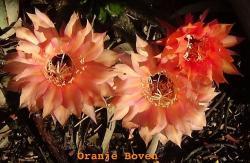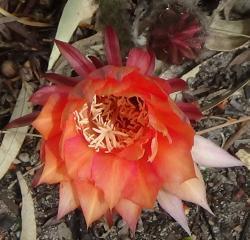admmad said:@ausrpned
It is difficult to know what is happening genetically without more details.
1) What species are the plants?
2) Are they diploids, tetraploids or something else?
3) For any cross, what did all the other seedlings look like? What do the seedlings look like from other crosses?
The concepts of dominant (and recessive), codominance and incomplete dominance work best when the crosses are between inbred lines and in particular inbred lines that differ only in the same characteristic - that is, they have been made genetically identical except for that one characteristic. When the crosses are between two completely different lines (or strains, etc.) it becomes much more difficult to assign a simple label. Without more information, particularly what do the other seedlings from the same crosses look like, it is not possible to provide an explanation with reasonable confidence.
It is difficult to know what is happening genetically without more details.
1) What species are the plants?
2) Are they diploids, tetraploids or something else?
3) For any cross, what did all the other seedlings look like? What do the seedlings look like from other crosses?


« Return to the thread "Dominant, recessive, additive characteristics"
« Return to Daylilies forum
« Return to the Garden.org homepage